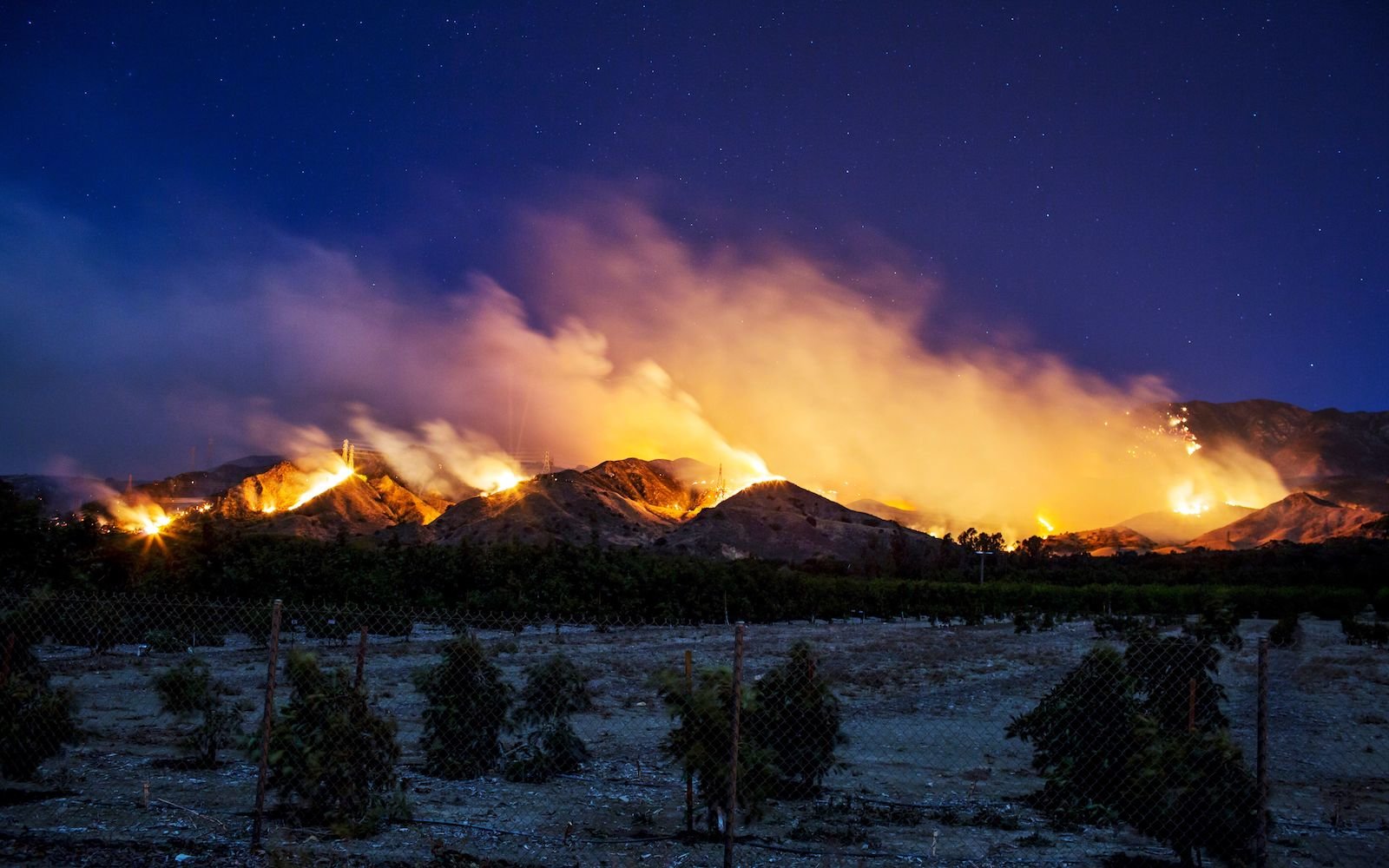10 Things You Need to Know About the Students Skipping School to Fight Climate Change
- aikonoie
- 5月 6, 2020
- 1:04 am
“Adults — if you feel uncomfortable now, you’re going to feel uncomfortable for a while. Because we’re never going to back down.”
Isra Hirsi just turned 16 years old. To celebrate, she came home from school and spent three hours on conference calls.
Isra, a student at South High School in Minneapolis, is one of thousands of students around the world planning a massive Youth Climate Strike for March 15. With a few weeks to go, there are already strikes planned for 47 countries and almost all 50 states. Isra is one of three organizers who are bringing the movement — inspired by Swedish activist Greta Thunberg’s weekly climate strikes — to the United States.
I caught up with Isra to talk about her work as a student organizer and why she’s done waiting for adults to save her generation from the climate crisis.
You’re not exactly new at this. How did you get started in organizing?
The crisis in Flint, Michigan in 2014 flipped the switch for me. I remember being in middle school seeing on TV that kids were getting lead poisoning not that far away from me, in communities that looked like mine. I just thought it was horrible.
Now here we have the Line 3 pipeline, and I’ve been doing a lot of Line 3 work. All of these things are happening right around me so I know I can do something about it.
I caught up with Isra to talk about her work as a student organizer and why she’s done waiting for adults to save her generation from the climate crisis.
How did you get involved in the student strike movement?
The Trump Twist
Trump came into office calling climate change a hoax and giving handouts to dirty energy companies. His plan to open up nearly every U.S. coastline to more oil and gas drilling was extremely unpopular, and in the case of the Arctic Ocean, it outright ignored the fact that Obama had already ruled out future leasing there.
Trump’s new offshore oil plan called for lease sales in the Beaufort Sea starting in 2019 and the Chukchi Sea in 2020. In response, Greenpeace joined with other groups in a lawsuit to challenge the plan in court. Earthjustice and the Natural Resources Defense Council led the litigation, representing Greenpeace along with Alaska Wilderness League, Center for Biological Diversity, Defenders of Wildlife, League of Conservation Voters, Northern Alaska Environmental Center, Resisting Environmental Destruction on Indigenous Lands (REDOIL), Sierra Club, and the Wilderness Society.
The key issue was that when Congress enacted the Outer Continental Shelf Lands Act (OCSLA), it gave the president authority to withdraw areas from oil and gas leasing, but made no mention of revoking previous withdrawals.
John Doe Tweet

Expanding the Line 3 Tar Sands Pipeline Would Put Water and Climate At Risk
Trump lost big in court l


